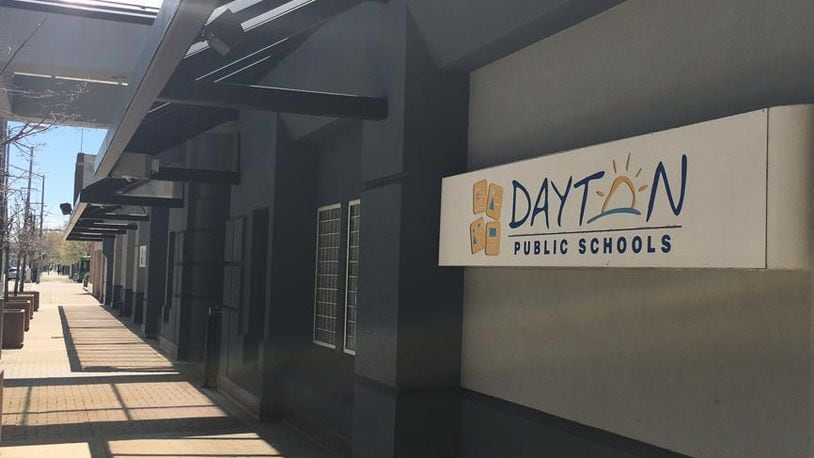Here are five things you should know:
What the extension does
The existing contract was supposed to expire at the end of the 2018-19 school year, but Tuesday’s agreement extends the deal for another year, giving all teachers union members a 3 percent raise for 2018-19. The union, the Dayton Education Association, represents more than 1,000 teachers, counselors, nurses and others licensed staff in DPS.
Each school district in Ohio approves its own system of “step raises,” which are given based on years of experience. In Dayton’s contract, teachers are supposed to receive a step raise in 14 of the first 15 years of employment, with the increases ranging from 2.5 to 5.5 percent, depending on the year. Teachers beyond 15 years of experience don’t receive those raises.
Unfreezing raises
For four years, from 2013-14 through 2016-17, step raises were frozen for Dayton teachers union members, although all members did receive a flat annual increase that was less than most standard step raises. Tuesday’s deal reinstated up to two step raises for each teacher who was affected by the freeze in those years.
Numerous school districts around Ohio did similar freezes on the back side of the recession, with Piqua, Troy, Valley View and many others reinstating all or some of those raises in the past few years.
Where is the money coming from?
Earlier this month, when asked about a different set of pay raises, DPS Treasurer Hiwot Abraha said DPS is in solid financial shape and can afford to give raises. The five-year financial forecast presented to the school board Tuesday showed that DPS increased spending by 1 to 2 percent this school year, far below projections, giving it a fourth consecutive year solidly in the black.
Hoping to retain teachers
“This is a great example, sending (teachers) home into the summer with this news, so they’re not out job hunting and worrying about what the next school year is going to bring,” teachers union President David Romick said. “This is a big signal that the district is committed to them and committed to education and what’s best for kids, which is what we all want.”
In recent years, Dayton Public Schools has served as somewhat of a training ground. Many teachers start at DPS, work for a handful of years to refine their abilities, but then leave DPS for other districts that pay better in later years.
For example, a teacher with 20 years experience and a Master’s degree makes more than $80,000 in Kettering or Beavercreek, compared with about $68,000 in Dayton. Teachers in Dayton Public Schools make thousands less than the state median teacher salary.
Romick said Tuesday’s agreement is not “the end-all and be-all,” but he called it “good progress” toward fixing issues with recruiting and retention.
“At our meeting last week, I had four individuals who are in those step years, which is where we lose teachers, show me on their phones the offers they had from surrounding districts,” Romick said. “Those four people told me, with our steps being reinstated over the next two years, I’m not taking that offer. That kind of thing is huge for us.
Aligning union contracts
Superintendent Elizabeth Lolli said this spring that DPS likely will consider a tax levy in the coming years to increase funding. She said the district was careful to work with the union and treasurer’s office to make fiscally sound decisions about these raises, adding that the extension of the contract puts all union deals on the same calendar.
“This means we will not be negotiating (with teachers) until all of the other bargaining units are negotiating, which helps us have some stability, some focus and some opportunity to deal with the work that we have,” Lolli said, pointing to the need to recruit and retain talent. “If you’re going to change the scores and the achievement levels, you have to have the best and the brightest working for you.”
About the Author
